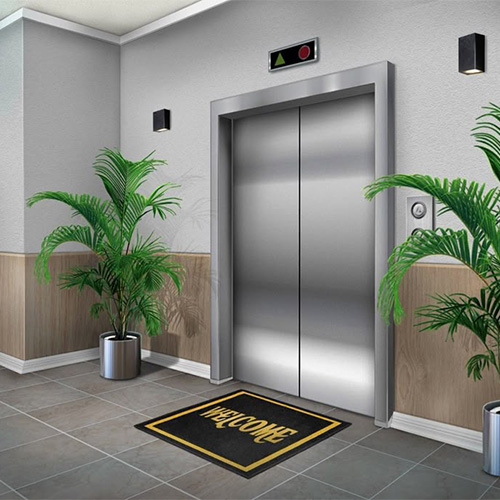Elevator clearance
Today, most buildings and structures are equipped with elevators, which has led to an increasing demand for their purchase. However, most elevator components are not produced in Iran and are imported. The process of importing and clearing an elevator from customs requires compliance with certain rules and points. The following are important points:
Important points for importing and clearing elevators
- EN81-1 Standard: Certificate of Origin Inspection (COI) is required for the packaging and quality of the elevator.
- Safety Inspection Certificate: A certificate of approval must be issued for various safety systems including door locks, shock absorbers, parachutes and governors.
Customs tariff for clearance of elevator parts
| Tariff code | Part/item | Description |
|---|---|---|
| 84253110 | Gearbox motor | For elevator gearbox motor clearance |
| 84313110 | Movable elevator car doors | To clear moving elevator car doors |
| 84313120 | Types of elevator cabins and frames | For clearing all types of elevator cabins and frames |
| 72169910 | Elevator rails | For clearance of elevator rails in commodity group 23 |
| 84281010 | Complete elevators | For clearance of complete elevators |
| 84284000 | Escalators and moving walkways | For clearing escalators and moving walkways |
Elevator Import Steps
There are steps to import an elevator, each of which requires special attention. Familiarity with these steps will facilitate the import process:
- Obtaining a business card
- Choosing a field of activity
- Getting to know customs laws
- Choosing a country and imported goods
- Requesting a proforma invoice or proforma
- Registering a product order
- Allocation of currency and international payment
- Transport and product insurance
- Exit and clearance of goods from customs
Documents required for elevator clearance
To clear an elevator, certain documents must be submitted to customs so that the process can be carried out correctly. These documents include:
- Permit to register a product order
- Invoice and proforma invoice
- Packing list and warehouse receipt
- Certificate of origin and clearance
- Goods inspection certificate
- Cargo insurance
Elevator clearance process
Elevator clearance includes various steps that must be carried out carefully. Some of the main steps include:
- Obtaining an order registration before shipment
- Declaring goods to customs
- Reviewing the declaration for tariff and value assessment
- Obtaining customs permits
- Paying customs duties and taxes
- Paying warehousing fees
- Exit gate control
- Clearing goods from customs
Elevator transportation and clearance costs
Elevator customs clearance costs consist of several different components. These costs are calculated as follows:
| Cost type | Calculation method |
|---|---|
| Business profit | Based on the CIF value of the goods |
| Customs duties | Based on the customs tariff schedule and exchange rate |
| Warehousing cost | Based on warehousing rate and net weight of goods |
| Customs duties | 8% of total commercial profits and customs duties |
| Red Crescent complications | 1% of total commercial profits and customs duties |
Technical regulations for elevator imports
To import an elevator, it is essential to meet technical requirements, including a Certificate of Origin Inspection (COI) and a test certificate for the safety of circuit boards. In addition, inspection certificates from reputable companies are required for the four safety features of the elevator, including door lock systems, parachutes, governors, and impactors.
By adhering to these regulations, the process of importing and clearing elevators from customs is easy, and importers can avoid potential problems.

